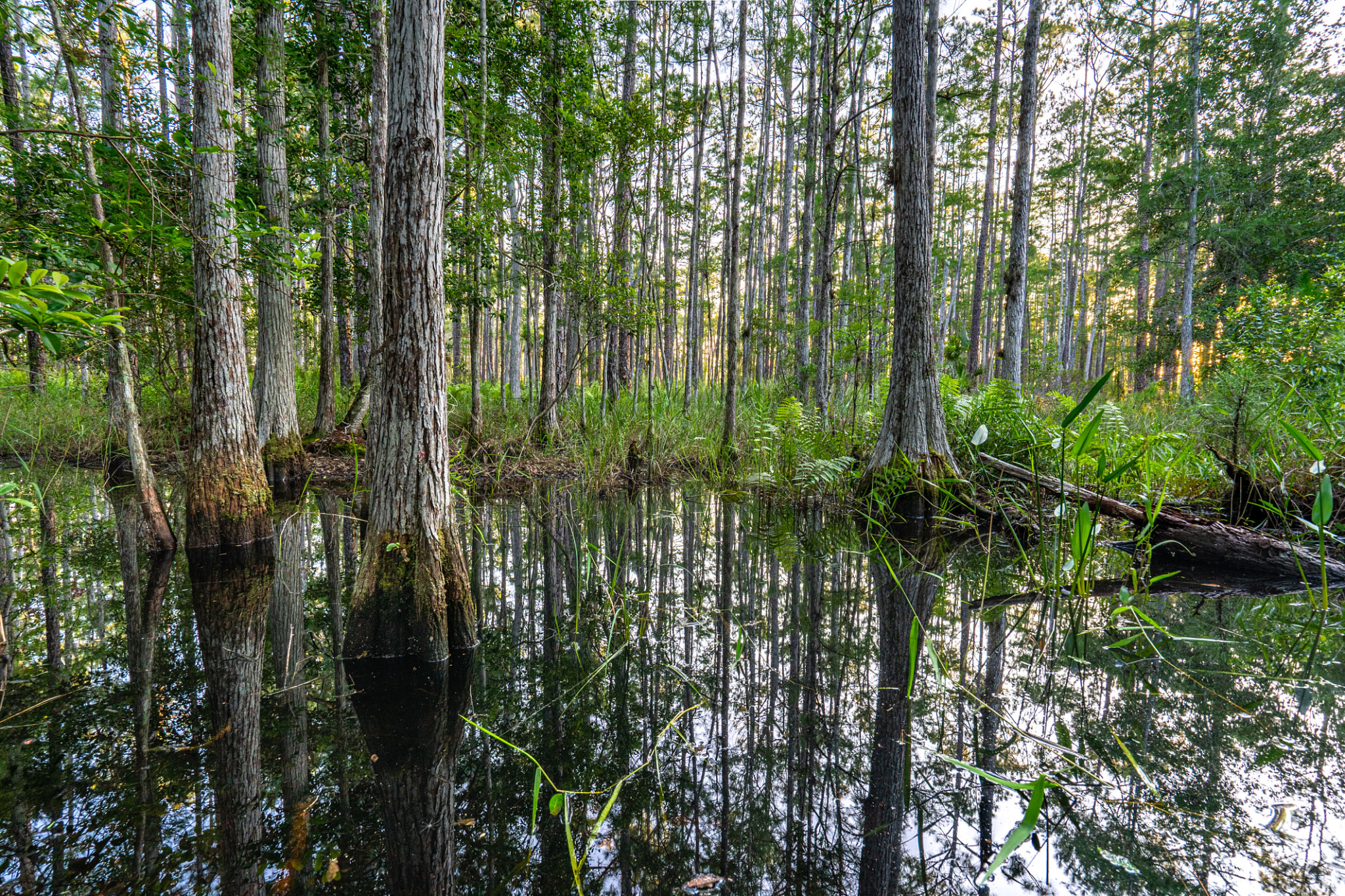How Seasonal Changes Affect Florida’s Biodiversity and What You Can Do
Understanding Florida's Unique Biodiversity
Florida is home to a remarkable diversity of wildlife and plant species, thanks to its unique geographical location and climate. This rich biodiversity is not only fascinating but also crucial for maintaining ecological balance. However, the state's biodiversity is highly sensitive to seasonal changes, which can significantly impact various ecosystems.

The Impact of Seasonal Changes
Florida experiences two primary seasons: the wet season and the dry season. Each season brings distinct environmental conditions that affect local flora and fauna in different ways. During the wet season, which typically runs from May to October, increased rainfall leads to a rise in water levels in rivers and wetlands. This provides ample habitat for aquatic species and supports breeding for many fish and amphibians.
Conversely, the dry season, spanning from November to April, results in lower water levels, impacting species that rely on aquatic environments. Terrestrial animals might face challenges due to reduced water availability, while some bird species migrate to more favorable areas. These shifts create a dynamic environment where species must adapt or move to survive.
Effects on Flora and Fauna
The changing seasons also influence plant life significantly. During the wet season, native plants thrive with abundant water resources, while invasive species may spread rapidly, posing threats to native ecosystems. In the dry season, drought-resistant plants tend to dominate, and some species enter dormancy or slow their growth.

Animal behavior is closely tied to these changes. For instance, alligators are more active during the wet season, taking advantage of flooded habitats for hunting and nesting. Meanwhile, migratory birds like the swallow-tailed kite arrive in Florida during the spring to breed before returning south in the fall.
What You Can Do to Help
Preserving Florida's biodiversity amid these seasonal changes requires concerted efforts from individuals and communities. Here are some steps you can take:
- Support conservation efforts: Participate in or donate to organizations dedicated to wildlife conservation and habitat restoration.
- Promote native plants: Encourage the planting of native species in gardens and public spaces to support local ecosystems.
- Reduce water usage: Conserve water during the dry season by implementing water-saving practices at home and in your community.

Engaging with Local Initiatives
Joining local environmental groups or participating in citizen science projects can also make a significant difference. These initiatives often focus on monitoring wildlife populations, removing invasive species, and restoring natural habitats. By getting involved, you can contribute to sustaining Florida's rich biodiversity for future generations.
Moreover, educating others about the importance of biodiversity and the threats it faces is crucial. Sharing knowledge with friends, family, and your community can inspire more people to take action and advocate for environmental protection.
The Importance of Sustainable Practices
Sustainable practices go a long way in mitigating the adverse effects of seasonal changes on biodiversity. By adopting eco-friendly habits such as reducing waste, using renewable energy sources, and minimizing carbon footprints, individuals can help lessen the impact on natural habitats.
In conclusion, Florida's biodiversity is a precious resource that requires mindful attention and protection. Understanding how seasonal changes affect local ecosystems and taking proactive measures can ensure that this natural wealth continues to thrive.